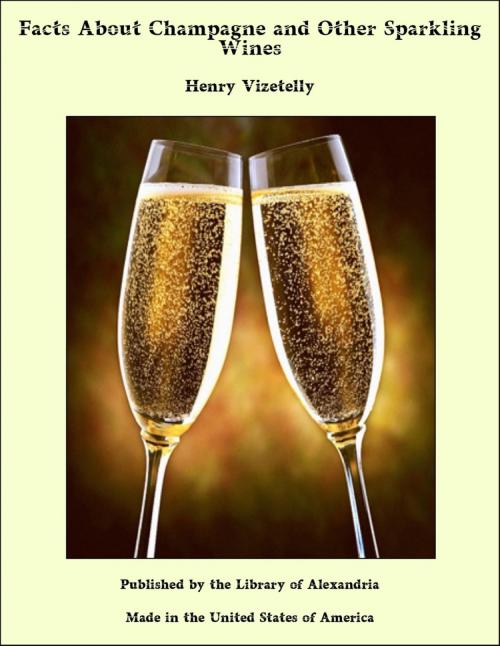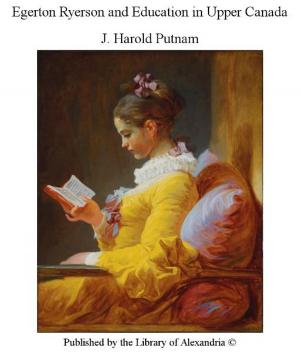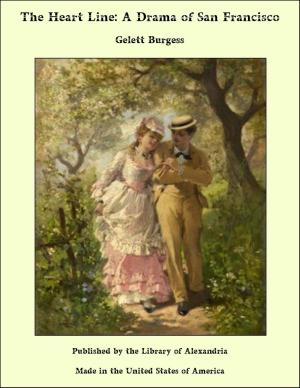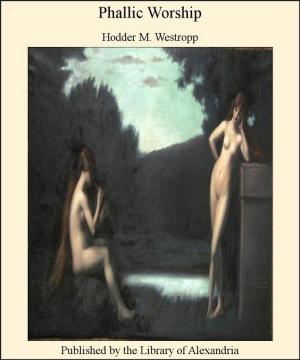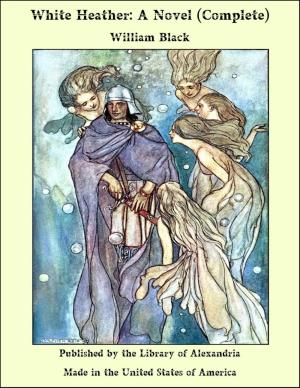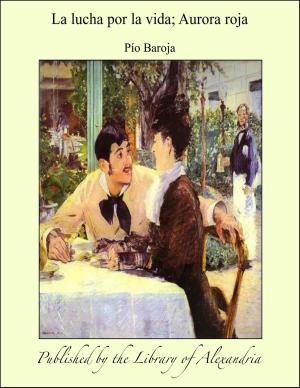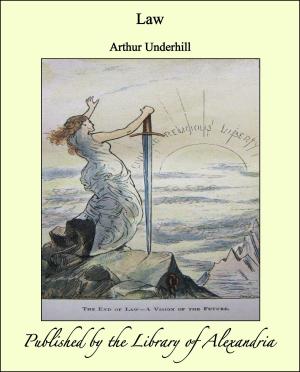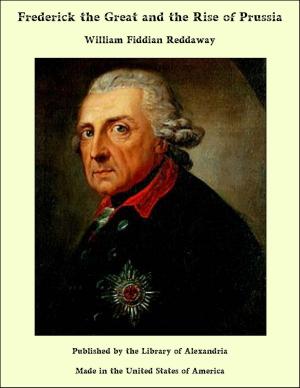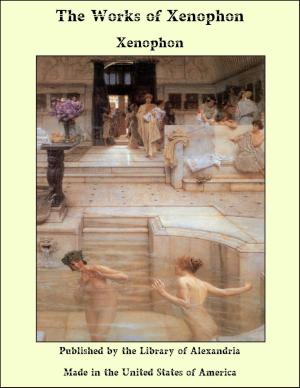Facts About Champagne and Other Sparkling Wines
Nonfiction, Religion & Spirituality, New Age, History, Fiction & Literature| Author: | Henry Vizetelly | ISBN: | 9781465623638 |
| Publisher: | Library of Alexandria | Publication: | March 8, 2015 |
| Imprint: | Language: | English |
| Author: | Henry Vizetelly |
| ISBN: | 9781465623638 |
| Publisher: | Library of Alexandria |
| Publication: | March 8, 2015 |
| Imprint: | |
| Language: | English |
Strong men, we know, lived before Agamemnon; and strong wine was made in the fair province of Champagne long before the days of the sagacious Dom Perignon, to whom we are indebted for the sparkling vintage known under the now familiar name. The chalky slopes that border the Marne were early recognised as offering special advantages for the culture of the vine. The priests and monks, whose vows of sobriety certainly did not lessen their appreciation of the good things of this life, and the produce of whose vineyards usually enjoyed a higher reputation than that of their lay neighbours, were clever enough to seize upon the most eligible sites, and quick to spread abroad the fame of their wines. St. Remi, baptiser of Clovis, the first Christian king in France, at the end of the fifth century left by will, to various churches, the vineyards which he owned at Reims and Laon, together with the “vilains” employed in their cultivation. Some three and a half centuries later we find worthy Bishop Pardulus of Laon imitating Paul’s advice to Timothy, and urging Archbishop Hincmar to drink of the wines of Epernay and Reims for his stomach’s sake. The crusade-preaching Pope, Urban II., who was born among the vineyards of the Champagne, dearly loved the wine of Ay; and his energetic appeals to the princes of Europe to take up arms for the deliverance of the Holy Sepulchre may have owed some of their eloquence to his favourite beverage. The red wine of the Champagne sparkled on the boards of monarchs in the Middle Ages when they sat at meat amidst their mailclad chivalry, and quaffed mighty beakers to the confusion of the Paynim. Henry of Andely has sung in his fabliau of the “Bataille des Vins,” how, when stout Philip Augustus and his chaplain constituted themselves the earliest known wine-jury, the crûs of Espernai, Auviler, Chaalons, and Reims were amongst those which found most favour in their eyes, though nearly a couple of centuries elapsed before Eustace Deschamps recorded in verse the rival merits of those of Cumières and Ay. King Wenceslaus of Bohemia, a mighty toper, got so royally drunk day after day upon the vintages of the Champagne, that he forgot all about the treaty with Charles VI., that had formed the pretext of his visit to France, and would probably have lingered, goblet in hand, in the old cathedral city till the day of his death, but for the presentation of a little account for wine consumed, which sobered him to repentance and led to his abrupt departure. Dunois, Lahire, Xaintrailles, and their fellows, when they rode with Joan of Arc to the coronation of Charles VII., drank the same generous fluid, through helmets barred, to the speedy expulsion of the detested English from the soil of France.
Strong men, we know, lived before Agamemnon; and strong wine was made in the fair province of Champagne long before the days of the sagacious Dom Perignon, to whom we are indebted for the sparkling vintage known under the now familiar name. The chalky slopes that border the Marne were early recognised as offering special advantages for the culture of the vine. The priests and monks, whose vows of sobriety certainly did not lessen their appreciation of the good things of this life, and the produce of whose vineyards usually enjoyed a higher reputation than that of their lay neighbours, were clever enough to seize upon the most eligible sites, and quick to spread abroad the fame of their wines. St. Remi, baptiser of Clovis, the first Christian king in France, at the end of the fifth century left by will, to various churches, the vineyards which he owned at Reims and Laon, together with the “vilains” employed in their cultivation. Some three and a half centuries later we find worthy Bishop Pardulus of Laon imitating Paul’s advice to Timothy, and urging Archbishop Hincmar to drink of the wines of Epernay and Reims for his stomach’s sake. The crusade-preaching Pope, Urban II., who was born among the vineyards of the Champagne, dearly loved the wine of Ay; and his energetic appeals to the princes of Europe to take up arms for the deliverance of the Holy Sepulchre may have owed some of their eloquence to his favourite beverage. The red wine of the Champagne sparkled on the boards of monarchs in the Middle Ages when they sat at meat amidst their mailclad chivalry, and quaffed mighty beakers to the confusion of the Paynim. Henry of Andely has sung in his fabliau of the “Bataille des Vins,” how, when stout Philip Augustus and his chaplain constituted themselves the earliest known wine-jury, the crûs of Espernai, Auviler, Chaalons, and Reims were amongst those which found most favour in their eyes, though nearly a couple of centuries elapsed before Eustace Deschamps recorded in verse the rival merits of those of Cumières and Ay. King Wenceslaus of Bohemia, a mighty toper, got so royally drunk day after day upon the vintages of the Champagne, that he forgot all about the treaty with Charles VI., that had formed the pretext of his visit to France, and would probably have lingered, goblet in hand, in the old cathedral city till the day of his death, but for the presentation of a little account for wine consumed, which sobered him to repentance and led to his abrupt departure. Dunois, Lahire, Xaintrailles, and their fellows, when they rode with Joan of Arc to the coronation of Charles VII., drank the same generous fluid, through helmets barred, to the speedy expulsion of the detested English from the soil of France.
